
How the Military Health System Can Fulfill the Promise
An Analysis of the Federal Employees Health Benefit Program for the DoD
Versandkostenfrei!
Versandfertig in über 4 Wochen
14,99 €
inkl. MwSt.

PAYBACK Punkte
7 °P sammeln!
Rising health care costs consume an increasing portion of the United States economy. These cost increases exist in the Department of Defense, and based on recent requests to increase TRICARE enrollment fees, an inevitable cost increase to the DoD beneficiary will occur within the next few years. Instead of increasing beneficiary costs, DoD could control health care costs by looking at other health care delivery models. An option available to DoD is utilizing the Federal Employee's Health Benefit Program (FEHBP) - "the nations largest voluntary employer-sponsored health insurance program." This...
Rising health care costs consume an increasing portion of the United States economy. These cost increases exist in the Department of Defense, and based on recent requests to increase TRICARE enrollment fees, an inevitable cost increase to the DoD beneficiary will occur within the next few years. Instead of increasing beneficiary costs, DoD could control health care costs by looking at other health care delivery models. An option available to DoD is utilizing the Federal Employee's Health Benefit Program (FEHBP) - "the nations largest voluntary employer-sponsored health insurance program." This study looked at the structure of TRICARE and FEHBP, then looked at advantages and disadvantages to converting DoD beneficiaries to the federal civilian's program, and finally presented recommendations for the future. This work has been selected by scholars as being culturally important, and is part of the knowledge base of civilization as we know it. This work was reproduced from the original artifact, and remains as true to the original work as possible. Therefore, you will see the original copyright references, library stamps (as most of these works have been housed in our most important libraries around the world), and other notations in the work. This work is in the public domain in the United States of America, and possibly other nations. Within the United States, you may freely copy and distribute this work, as no entity (individual or corporate) has a copyright on the body of the work. As a reproduction of a historical artifact, this work may contain missing or blurred pages, poor pictures, errant marks, etc. Scholars believe, and we concur, that this work is important enough to be preserved, reproduced, and made generally available to the public. We appreciate your support of the preservation process, and thank you for being an important part of keeping this knowledge alive and relevant.



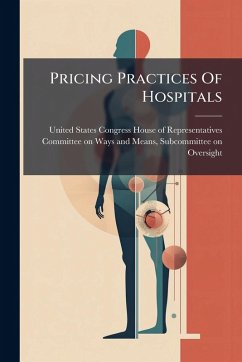
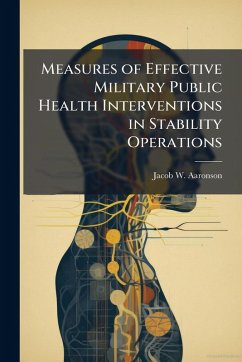

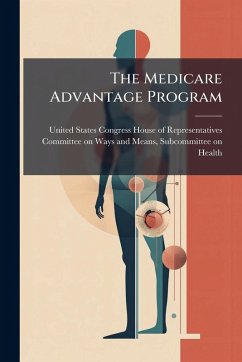
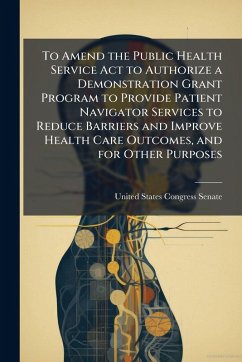


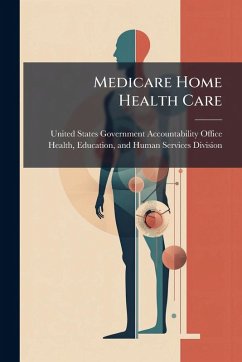
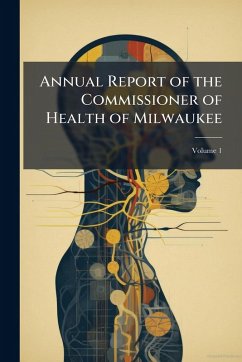
![First(-Fifty-Seventh) Annual Administration Report of the Madras Sanitary Commission. [Continued As] Fifty-Eighth [&c.] Annual Report of the Director of Public Health Cover First(-Fifty-Seventh) Annual Administration Report of the Madras Sanitary Commission. [Continued As] Fifty-Eighth [&c.] Annual Report of the Director of Public Health](https://bilder.buecher.de/produkte/75/75085/75085789n.jpg)